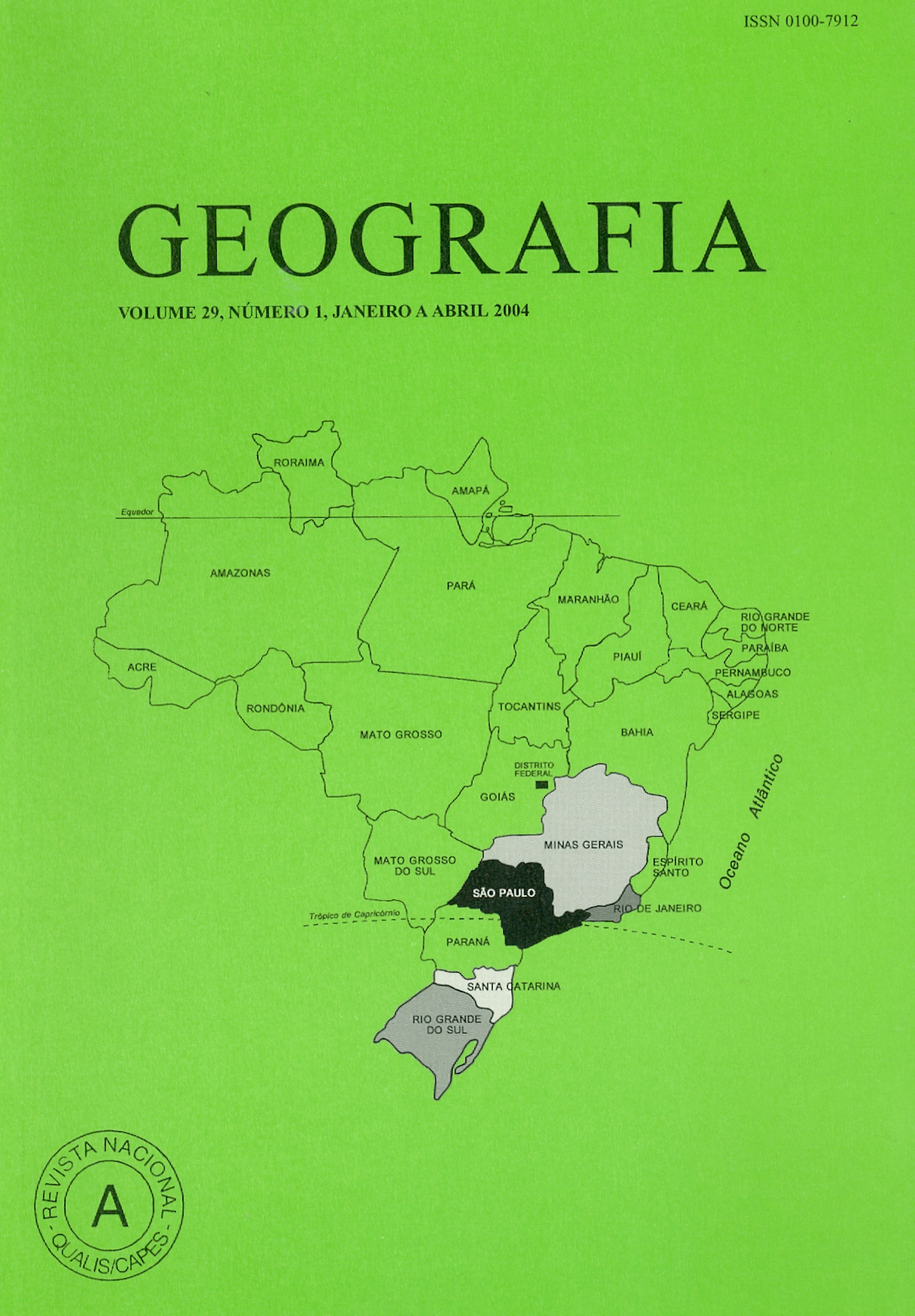The genesys of the variation of pluvial rythm at Juiz de Fora-MG and the landslides in the northwestern region: selected examples
Abstract
The enormous growth of brazilian cities verified in the last decades, allied to the difficulty of the popular classes for the acquirement of the domicile, has contributed to the constant occupation of inappropriate areas for urbanization, liable to the risks of mass movements. This serious social problem, increased by the lack of public planning, exposes, every summer-spring, a great number of families to serious accidents on the hillsides. Thus, mass movements, specially landslides, are phenomenons deflagrated by precipitation. Therefore, understanting the climatic rhythm and pluvial dynamics, represents an important step to prevent and control these accidents. The Nortwest Region of the city of Juiz de Fora – MG, constitutes a location of intense urban expansion, where disordered occupation has been provoking several enviromental disturbances, inclusively the occurence of landslides. This paper has as a main purpose, the admission of the dynamics and pluvial genesis in this allotment of the urban space of Juiz de Fora. It has also been result of reflections of the dissertation “Rains and Landslides in the Northwest Region of Urban Area in Juiz de Fora – MG: a genetic approach in Climatology”, elaborated next to the Program of Post-Graduation in Geography of UNESP/Rio Claro. Key words: Climatic Rhythm; Pluvial Dynamics; Landslides; Juiz de ForaDownloads
Published
Issue
Section
License
The authors maintain the copyright and grant GEOGRAFIA the right of first publication, with the articles simultaneously licensed under the Creative Commons BY 4.0 License, which allows sharing and adapting the articles for any purpose, as long as appropriate credits and provisions of image rights, privacy or moral rights. Other legal attributions can be accessed at: https://creativecommons.org/licenses/by/4.0/legalcode.en.
Geography, Rio Claro, SP, Brazil - eISSN 1983-8700 is licensed under the Creative Commons BY 4.0 License.





